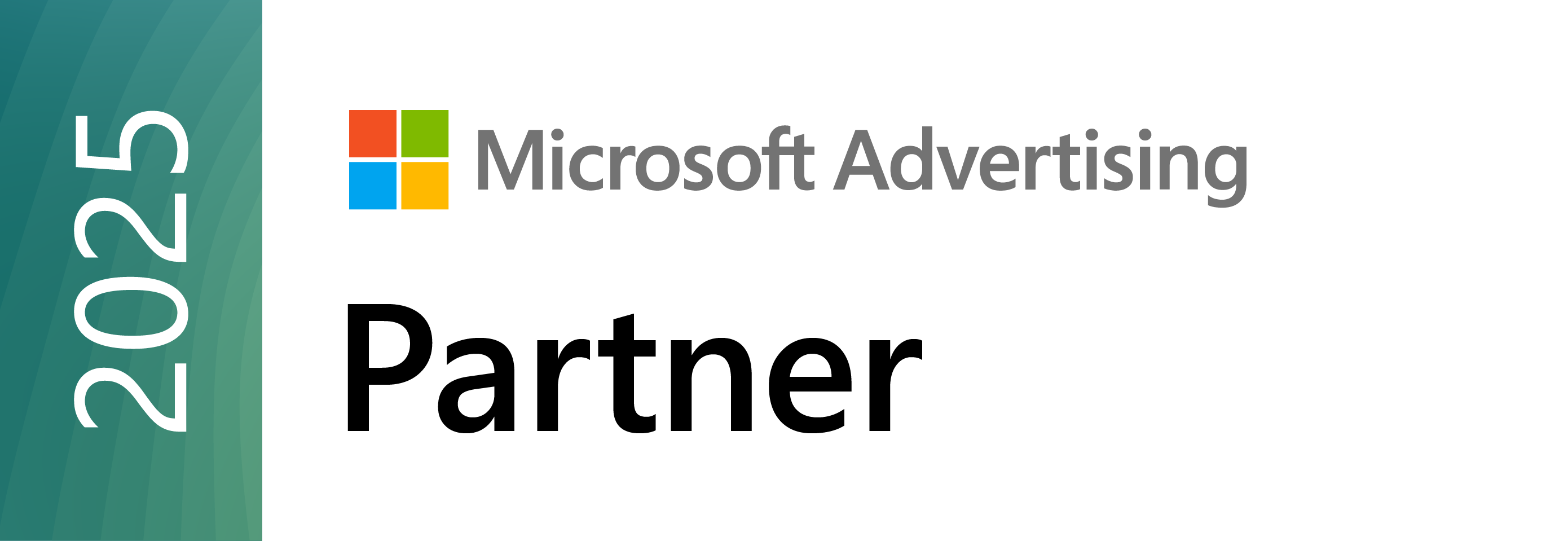
In the dynamic landscape of higher education, where every interaction counts, the role of Customer Relationship Management (CRM) systems has become pivotal. Surprisingly though, while 64% of institutions utilize CRM systems, it’s often confined to enrollment processes, leaving marketing teams in the dark. This siloed approach hinders the ability to create personalized, data-driven marketing strategies.
Throughout this article, we’ll explain the benefits of integrating CRM into higher education operations. From streamlining marketing efforts to accelerating response times, CRM enables institutions to attract and convert prospects efficiently and cultivate lifelong relationships beyond graduation. Let’s explore how harnessing the power of CRM can make your institution’s marketing efforts smarter, faster, and more effective.
Customer Relationship Management (CRM) is not just a buzzword in marketing circles; it’s a strategic imperative for universities and colleges aiming to stay ahead. At its core, CRM empowers institutions to centralize and manage interactions with prospective and current students, alumni, donors, and other stakeholders. This technology-driven approach allows for personalized engagement at scale, which is crucial in today’s digital-first era of education marketing.
CRM systems enhance your marketing strategies by making them stronger and more efficient. With CRM, you can streamline your marketing efforts, ensuring that your messages reach the right audience at the right time. This precision not only boosts your institution’s visibility but also accelerates your marketing processes. Let’s delve into some specific benefits:
One of the primary benefits of CRM systems lies in their ability to streamline lead management processes. From the moment a prospective student expresses interest to the final application submission, CRM systems track and nurture leads, ensuring no opportunity is lost in the admissions funnel.
It’ll also help you identify if there are areas where potential students are dropping off. For example, maybe most students get to a certain point in the application process and then stop. It might be effective to spend more marketing dollars to push them through the finish line there or take a look at the application itself to see if there’s a way to make it more user-friendly. Effectively managing college leads with a CRM will maximize enrollment rates and optimize recruitment efforts.
By leveraging CRM data, universities can tailor communications based on individual preferences and behaviors. Whether it’s sending targeted emails to potential applicants or delivering personalized content that speaks directly to alumni interests, CRM enables institutions to build meaningful connections that resonate.
Manual processes can be a drain on resources and efficiency. CRM automation reduces administrative burdens, allowing staff to focus on strategic initiatives rather than repetitive tasks. Automated workflows ensure timely follow-ups, event reminders, and personalized communications, enhancing the overall user experience for students and alumni alike.
CRM isn’t just a tool for lead management; it’s a strategic asset that empowers institutions to nurture relationships across multiple fronts—recruitment and admissions, student retention and experience, advancement efforts, and alumni engagement. Whether engaging prospective students online or welcoming them on campus, every touchpoint is an opportunity to strengthen your institution’s brand and foster lasting connections. Here’s how CRM can be leveraged throughout the student lifecycle and beyond:
Retaining a student through to graduation is just as, if not more, important than enrolling them in the first place. Students may often leave a program early if their expectations aren’t met or they don’t have the support they need. CRM systems can track interactions with students, measure dropout reasons, and enable institutions to make strategic choices around program offerings and support provided. This proactive approach helps in reducing post-enrollment drops and enhancing overall student satisfaction.
The relationship with students doesn’t end at graduation. CRM systems play a pivotal role in maintaining ongoing connections with alumni and fostering lifelong engagement through targeted outreach, event invitations, and opportunities for mentorship or philanthropic involvement. Additionally, students who attended undergraduate programs are most likely to enroll in graduate programs. Institutions can use CRM data to incentivize these students and facilitate their future educational journeys, further strengthening the alumni bond.
Effective CRM utilization even extends beyond lead management and alumni relations. By integrating CRM data with marketing strategies, institutions can refine their messaging, optimize campaign performance, and measure return on marketing investment (ROMI) with greater accuracy. This data-driven approach ensures marketing efforts are not only impactful but also aligned with broader institutional goals.
Comprehensive dashboards and reporting tools provide real-time insights into various aspects of your marketing campaigns, from lead generation to enrollment outcomes and beyond. These tools allow institutions to:
While the benefits of CRM in higher education are clear, implementing and maintaining an effective CRM system comes with its own set of challenges. Recognizing and addressing these barriers is crucial for success in addition to following best practices:
Implementing CRM requires buy-in across departments, from admissions and marketing to alumni relations and beyond. Seamless integration and collaboration are paramount to maximizing CRM’s potential in enhancing the student journey and fostering institutional growth. We’ve found that enabling recruiting and marketing teams to leverage each other’s strengths significantly enhances the effectiveness of a CRM strategy.
Choosing the right CRM system is important, but the worst is no CRM. It should align with the unique needs of higher education institutions, offering scalability, security, and analytics capabilities. Institutions must invest in platforms that not only meet current requirements but also support future growth and innovation. Some of the most common ones institutions use include CRMs like Salesforce and Hubspot. The biggest thing is more about how you use a CRM than necessarily which one is the best.
With the increasing focus on data privacy, institutions must also ensure their CRM practices comply with regulations like GDPR and FERPA. Implementing robust data management protocols and training staff in data privacy best practices has to be part of your higher-ed CRM strategies.
Continuous training and support are key to CRM success. Investing in staff development helps users stay proficient in utilizing CRM features effectively, maximizing its impact on student recruitment, engagement, and retention efforts.
CRM implementation is not a one-time endeavor but an ongoing process of refinement and optimization. Regularly reviewing data insights, soliciting feedback from users, and adapting strategies based on evolving market trends and student expectations are critical to staying ahead in a competitive landscape.
Incorporating a CRM strategy is more than adopting new technology—it’s about transforming how higher education institutions attract, engage, and retain students and alumni. By leveraging CRM systems for lead management, personalized communication, and alumni engagement, universities can forge deeper connections, drive enrollment, and foster a thriving community that extends beyond graduation.
Ready to harness the power of CRM for your institution? Contact Oodle today to explore tailored solutions that align with your unique higher education marketing goals and drive measurable results.
Get marketing insights that actually move the needle — directly in your inbox.



